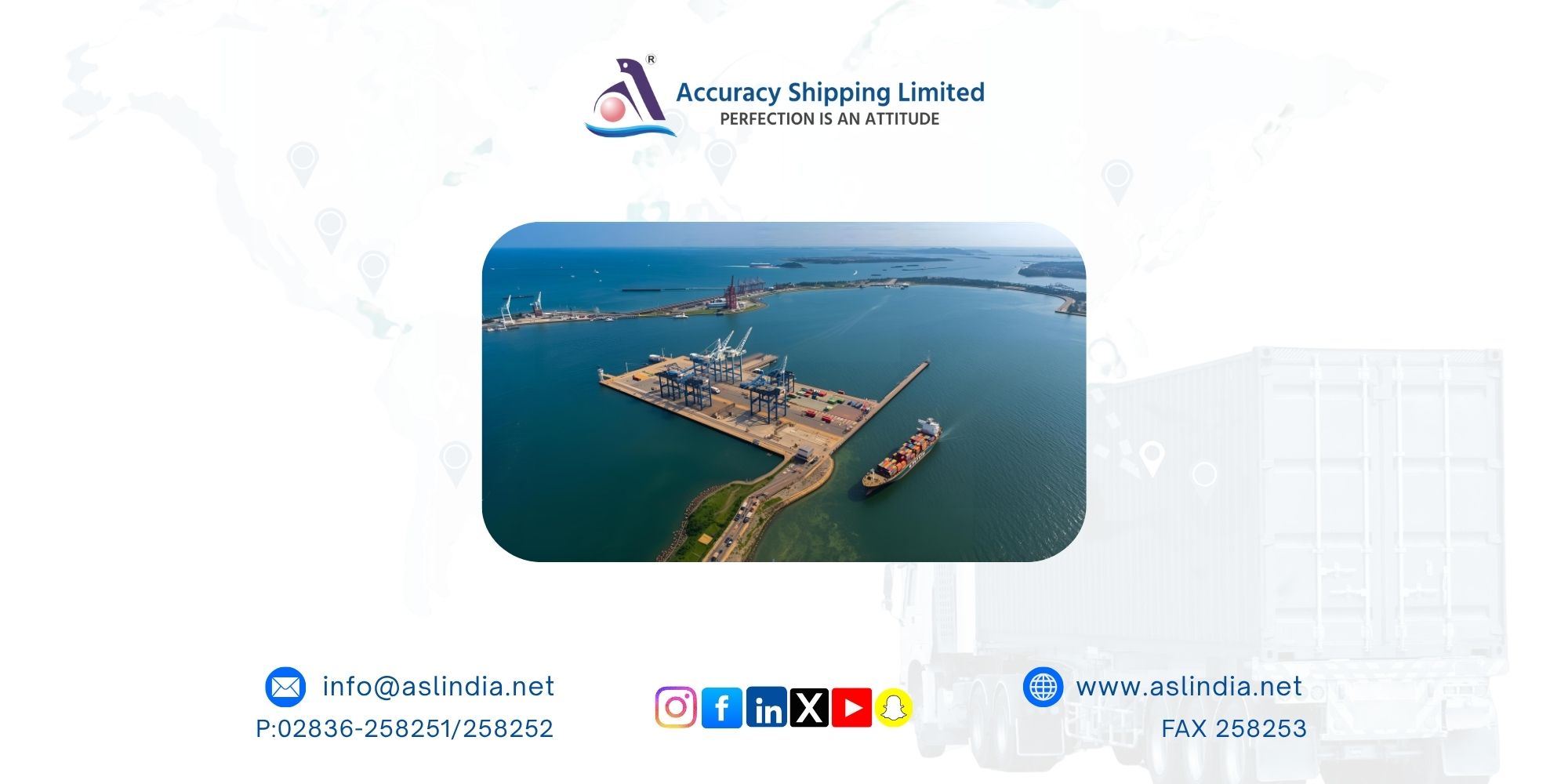Kamarajar port set to submit DPR for ₹1 lakh crore Great Nicobar transshipment hub

Introduction
In a landmark move that could transform India’s maritime landscape, Kamarajar Port Ltd (KPL) is set to submit the Detailed Project Report (DPR) for the ambitious ₹1 lakh crore International Container Transshipment Port (ICTP) at Galathea Bay, Great Nicobar Island. The project marks a significant step toward strengthening India’s maritime infrastructure and positioning the country as a global transshipment powerhouse.
DPR Submission and Next Steps
Speaking at the India Maritime Week 2025 in Mumbai, J.P. Irene Cynthia, Managing Director of Kamarajar Port Ltd, announced that the DPR is ready and will soon be submitted to the Union Ministry of Ports, Shipping and Waterways for approval. Once approved, tenders will be floated within six to eight months to invite private participation.
“The ICTP will be developed under a public-private partnership (PPP) model,” Cynthia said, adding that government support is likely through viability gap funding and other fiscal assistance schemes to ensure the project’s financial sustainability.
Massive Investment and Phased Development
The ₹1 lakh crore project will be developed in multiple phases. The first two phases alone will require an investment of ₹44,000 crore, creating a handling capacity of 11 million TEUs (twenty-foot equivalent units) over the next three to four years. Upon completion, the port will boast a total capacity of 16.2 million TEUs, making it one of the largest container-handling facilities in Asia.
Initially managed by the Syama Prasad Mookerjee Port, Kolkata (SMPK), the project is now under the charge of Kamarajar Port Ltd, signaling a shift in operational leadership and strategic focus.
Strategic Location and Global Potential
The Galathea Bay site, located just 40 nautical miles from the main East–West international shipping lane, offers natural water depths exceeding 20 metres ideal for accommodating ultra-large container vessels. This unique geographic advantage positions Great Nicobar as a crucial link in the global shipping network, enabling India to serve ports across the Bay of Bengal, Southeast Asia, and the Indian Ocean region.
The project has already cleared several critical milestones, including environmental and forest approvals from the Union Environment Ministry in November 2022 and in-principle financial approval from the Ministry of Finance’s Department of Expenditure for the island’s holistic development.
Reducing Dependence on Foreign Ports
At present, nearly 75% of India’s transshipped cargo is handled at foreign ports such as Colombo, Singapore, and Port Klang, with Colombo alone managing around 45% of India’s volumes. The new ICTP at Great Nicobar aims to reduce this dependence by creating a high-capacity, world-class transshipment hub within Indian territory.
Experts highlight that while the port’s natural attributes offer immense potential, robust hinterland infrastructure and connectivity will be critical to ensuring consistent cargo flows and commercial viability.
Towards India’s Mega Port Vision
The Great Nicobar transshipment hub forms part of India’s broader vision to develop a network of mega ports with capacities exceeding 300 million tonnes per annum (MTPA). Other key sites under this vision include Vadhavan-JNPT, Paradip, and Deendayal ports.
Once operational, the ICTP will not only enhance India’s global maritime presence but also reduce logistics costs and strengthen the country’s role as a regional transshipment hub for South and Southeast Asia. This aligns seamlessly with India’s Maritime Amrit Kaal Vision 2047, which envisions sustainable, self-reliant growth across the maritime ecosystem.
Conclusion
The Great Nicobar International Container Transshipment Port represents a monumental step toward transforming India’s maritime sector. With its strategic location, large-scale investment, and strong government backing, the project is set to redefine India’s position in global trade driving economic growth, fostering regional connectivity, and propelling the nation toward its Maritime Amrit Kaal Vision 2047.







